The Impact of Lighting on Interior Design and How to Apply It in Your Own Space
When we talk about how a room feels, looks, and even works, lighting plays a huge role. It’s not just about lamps and bulbs. It's about making places cozy, lively, and suitable for different tasks. In this article, we’re going to explore how lights affect the way we see a room and how we can use them as a partner in room decoration. So get ready to discover why lighting is the secret ingredient that makes our spaces amazing!
In this blog you will read about:
- Types of lighting
- Natural Lighting
- Artificial lighting
- Overhead (general) lighting
- Task lighting
- Accent lighting
- Warm vs. cold lighting
- The psychological impact of lighting
- Lighting techniques and strategies
- Bringing in more natural light
- Lighting as a design element
- Challenges and solutions in lighting design
- Overcoming common challenges
- Sustainable and energy-efficient solutions
- Addressing limitations in specific spaces
- In conclusion
Types of lighting
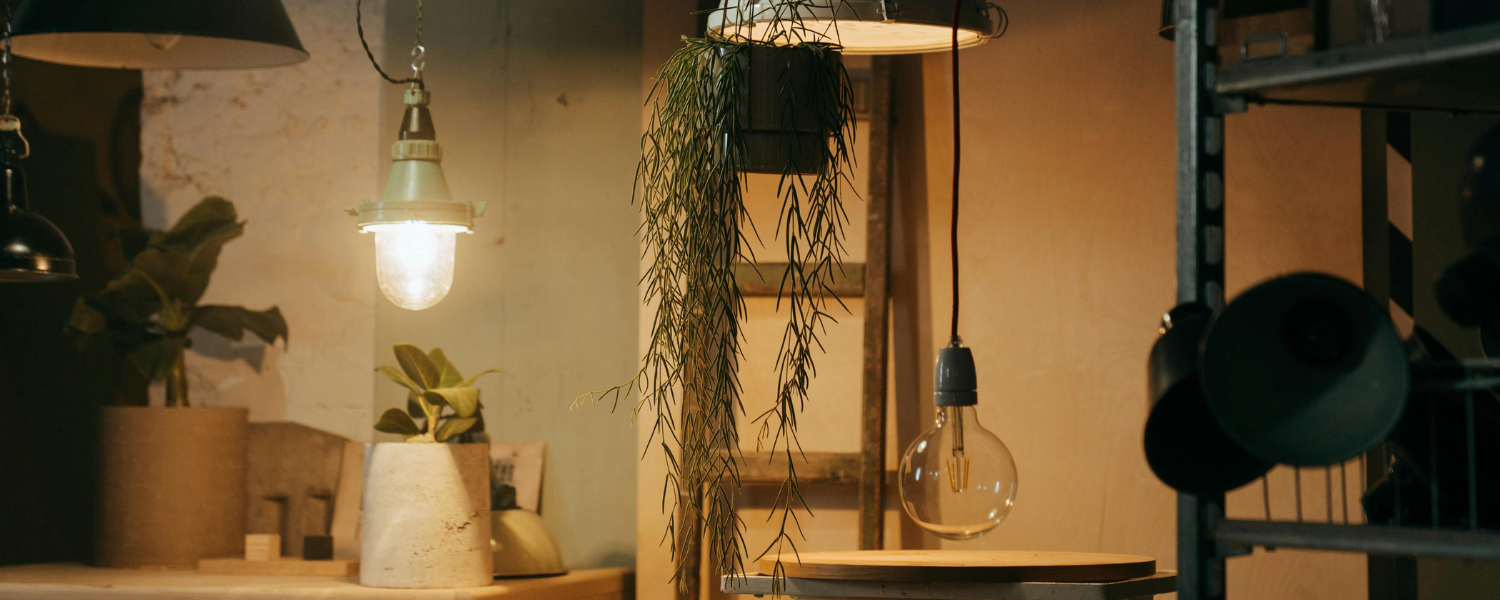
Lighting comes in different flavors, each bringing its special vibe to our spaces. Let’s take a closer look at two main types: natural lighting and artificial lighting.
Natural Lighting
When the sun beams into a room, it’s like nature’s own magic trick. Here’s why it’s so special:
- Benefits on mood and ambiance: Sunlight isn’t just about brightness – it can make us feel happier and more energized. You probably know that sunlight exposure helps our bodies produce vitamin D, which keeps our bones strong and our immune systems healthy. Additionally, sunlight triggers the release of serotonin. It’s a neurotransmitter that boosts mood and promotes a sense of well-being. So, no wonder sunlight also gives a room this specific warm and welcoming feel!
- Maximizing natural light in spaces: Big windows, skylights, or clever mirrors can help spread sunlight all around. This will make the room feel bigger and cozier at the same time.
Artificial lighting
When the sun goes down or a room, in general, has very little natural light, artificial lighting comes to the rescue to make the room well-lit. Here are different types of artificial lighting:
Overhead (general) lighting
- These are your ceiling-mounted lights that spread light all around the room.
- Overhead lights serve as the primary source of illumination, setting the overall brightness and mood in a space. They're like the main actors on a stage, making sure everything is well-lit.
Task lighting
- Task lights are like your trusty desk lamps or focused lights near work areas.
- They're your study buddies, helping you concentrate while reading, studying, or working. Task lights provide directed and brighter illumination where you need it most. This makes tasks easier and reduces eye strain.
Accent lighting
- These lights are all about highlighting specific areas or objects, like artwork or architectural features.
- Accent lights are the showstoppers, drawing attention to special things you want to showcase. They add drama and create a focal point in the room, making those objects or areas stand out.
Warm vs. cold lighting
Understanding the technicalities behind warm and cold lighting helps us create the perfect ambiance in our spaces.
Warm lighting
- Color temperature. Warm lighting has a lower color temperature, usually measured in Kelvins (K), ranging from around 2000K to 3000K.
- Color appearance. It gives off a cozy, yellowish glow similar to candlelight or sunrise. It feels inviting and relaxing, often associated with comfort and intimacy.
- Applications. Typically used in spaces where a relaxed atmosphere is desired, like living rooms, bedrooms, or dining areas.
Cold Lighting
- Color temperature. Cold lighting has a higher color temperature, usually above 4000K, sometimes reaching up to 6500K or more.
- Color appearance. It emits a bright, bluish-white light resembling daylight or fluorescent lighting. It feels energetic, and crisp, and can create a sense of alertness.
- Applications. Commonly found in areas where focus and productivity are essential, such as offices, kitchens, or workspaces.
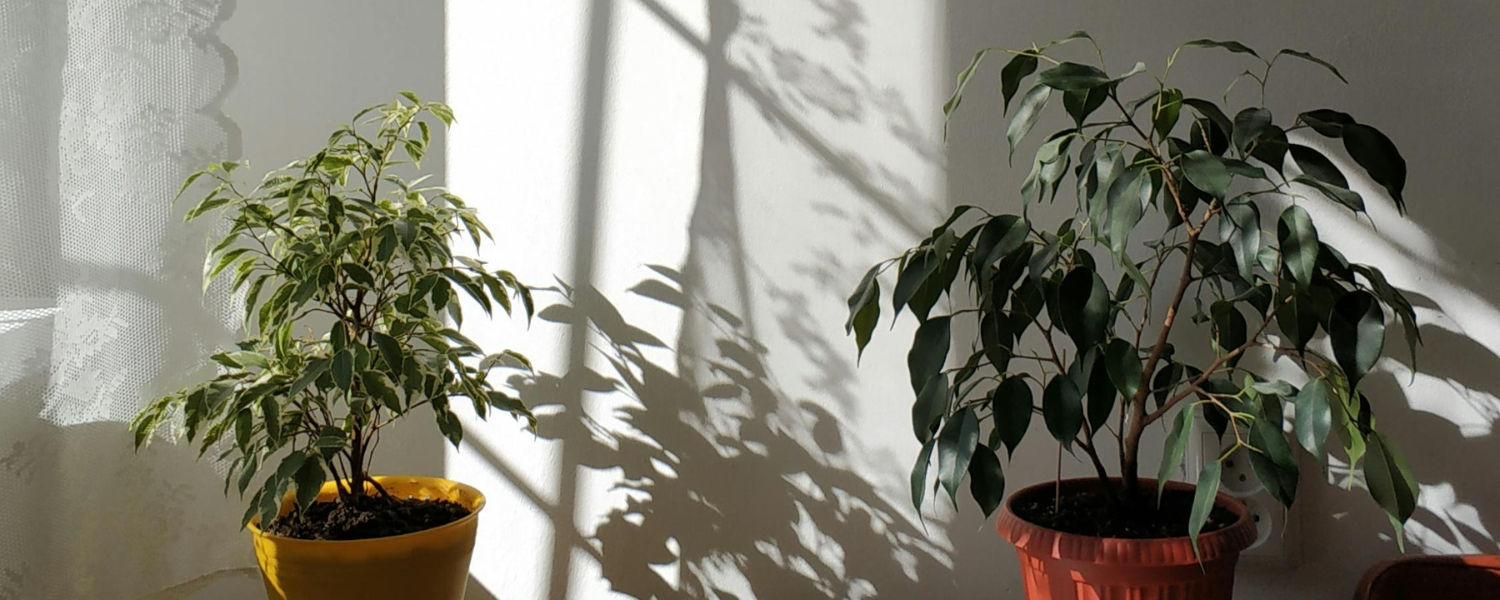
The psychological impact of lighting
Lighting works like a mood magician that affects how we feel and function in a space. All that just by flipping a switch! Let's uncover how lighting influences our emotions, well-being, and the overall vibe of a room.
Effects on mood, emotions, and well-being
- Setting the mood. Different lighting tones can evoke various feelings. Soft, warm lights often create a cozy and relaxing atmosphere, while brighter, cooler lights can make us feel more alert and focused.
- Boosting happiness. Just like sunshine can make us smile, well-lit spaces with the right amount of brightness can trigger the release of serotonin. It’s our happy hormone that lifts the spirit and reduces stress.
- Supporting well-being. Proper lighting, especially natural light, is like a vitamin for our mood and health. Exposure to natural light helps regulate our sleep cycles and improves overall well-being.
Influence on productivity and creating atmosphere
- Productivity boost. Bright, well-distributed lighting can enhance productivity by keeping us alert and focused on tasks. Task lighting, especially in work areas, can reduce eye strain and improve efficiency.
- Atmosphere crafting. Lighting sets the stage for the atmosphere we want to create in a room. It can be a cozy evening with warm, dim lights, or a vibrant workspace with bright, focused illumination.

Lighting techniques and strategies
Lighting is an art that involves techniques and strategies to create the perfect ambiance. Let’s explore three key strategies below!
Layered lighting
Layered lighting is like crafting a masterpiece using different brushes and strokes. It involves combining different types of lighting – ambient, task, and accent – to create a multifaceted and well-balanced illumination.
By layering different types of lighting at various levels – ceiling, walls, and even floors – you create depth and dimension in a room. It ensures functionality, aesthetics, and a cozy ambiance all at once.
Color temperature's impact
Color temperature determines the feel of a room. Warm tones (lower Kelvin) create a cozy and intimate atmosphere, while cooler tones (higher Kelvin) make spaces feel brighter and more energetic.
Depending on the room’s purpose or the desired ambiance, selecting the right color temperature is crucial. Bedrooms might benefit from warmer tones for relaxation, while workspaces might thrive with cooler, more energizing lighting.
Lighting control systems
Imagine having control over your lights with a tap on your phone or a voice command! Smart lighting systems allow you to do just that. For instance, adjust brightness, and color, and even set schedules or moods effortlessly.
Moreover, smart lighting isn’t just about convenience. It’s also about energy efficiency. You can save energy by dimming lights when not needed or setting timers for automatic shut-offs.
Bringing in more natural light

Even though lamps and light fixtures can be a very useful way to enhance the lighting in a room and make it feel cozy, during the day, there is nothing better than a naturally lit room. Using different techniques it is possible to bring in more natural light during the day time even in dark rooms.
Using mirrors and reflective surfaces
To have more natural light, use reflective surfaces in interior design. Starting from mirrors to other materials, like metal, glass, or even plastic finishes. The natural light that comes in from a window, will bounce from these materials and distribute more light through the room. If you use a mirror, hang it on the opposite wall of the window, so the light can hit it just right!
Light colors
Similarly to mirrors and reflective surfaces, light colors will reflect more light, and therefore the room will appear much lighter during the day. Think light wall colors, white ceilings, and light-toned wallpapers, for example, Curved Blush Lines, Royal Orchestra, and Unique Lines.
Keeping the windows uncluttered
And last but not least, if you want to let in more natural light, make sure the windows are not covered. Start by making sure they are always crispy clean, then look for lightweight curtains, and lastly don’t overcrowd the window sills with big plants and other items.
Lighting as a design element
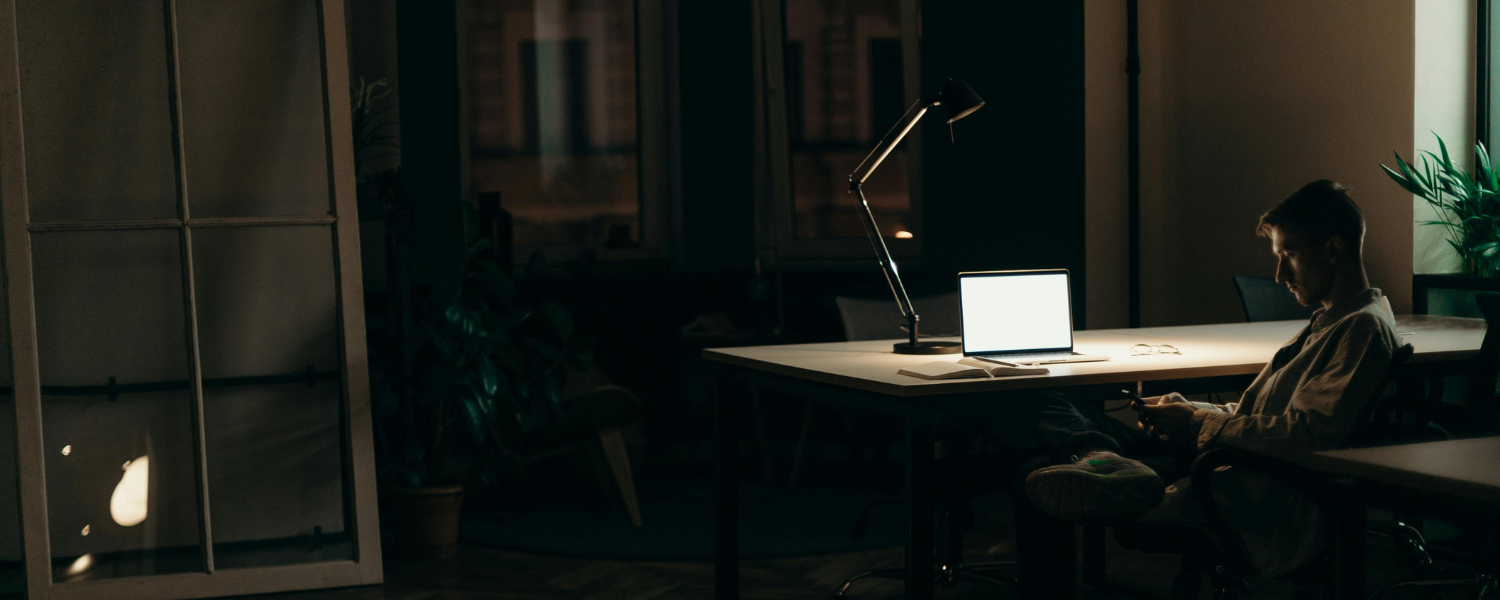
Let’s explore how lighting interacts with other interior design decor elements like wallpaper, art, and even furniture.
Lighting fixtures as decor
It’s no secret that lighting fixtures themselves can be design statements. A well-chosen fixture can become a focal point or complement your existing furniture, or even the wallpaper. For instance, modern fixtures might complement sleek, contemporary wallpaper designs. And vice versa – vintage-inspired fixtures can complement classic elements.
Lighting to accentuate the decor
Strategic lighting draws attention to decor elements like artwork, textures, or unique design features. It creates depth, shadows, and highlights that bring these elements to life. The choice of lighting – its intensity, angle, and color temperature – determines how decor elements are showcased. Experimenting with various lighting setups allows for versatile looks and mood changes.
For instance, warm and cool lighting can showcase different aspects of the wallpaper. In the same manner, a spotlight angled at a painting can create depth by emphasizing brushstrokes or adding a 3D effect to the artwork. To create your unique effect, play with aspects such as lighting intensity, angle adjustment, and color temperature.
Challenges and solutions in lighting design
Lighting design, while impactful, isn’t without its hurdles. Let’s explore common challenges faced and the innovative solutions addressing these issues.
Overcoming common challenges
- Glare and Harshness. Bright lights can sometimes cause discomfort or glare. Using diffusers or softer bulbs can mitigate this issue, creating a more gentle and pleasant illumination.
- Uneven lighting. Spaces often suffer from uneven lighting. Employing a mix of various types of lighting – ambient, task, and accent – ensures a well-distributed light scheme.
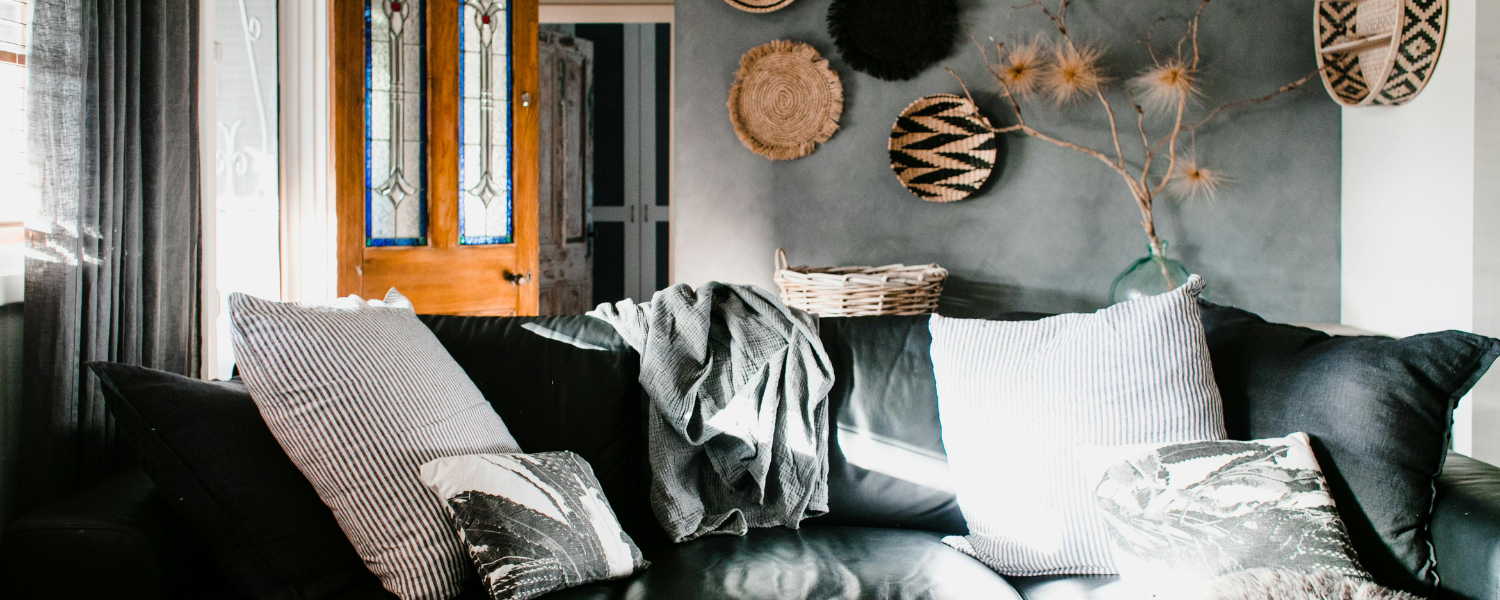
Sustainable and energy-efficient solutions
- Energy consumption. Traditional lighting methods often consume a lot of energy. LED technology offers an energy-efficient alternative. LEDs consume less energy, last longer, and produce less heat while providing adequate illumination.
- Environmental impact. As sustainability gains importance, eco-friendly lighting options like LED, solar-powered, or even fixtures made from recycled materials are becoming more prevalent.
Addressing limitations in specific spaces
- Low ceilings. Spaces with low ceilings often face challenges in lighting distribution. Opting for recessed or flush-mount fixtures helps avoid overcrowding while ensuring adequate lighting.
- Small spaces. In smaller rooms, oversized fixtures might overwhelm the space. Choosing smaller, well-designed fixtures or using lighting that serves multiple purposes, like wall sconces or track lighting, helps address this limitation.
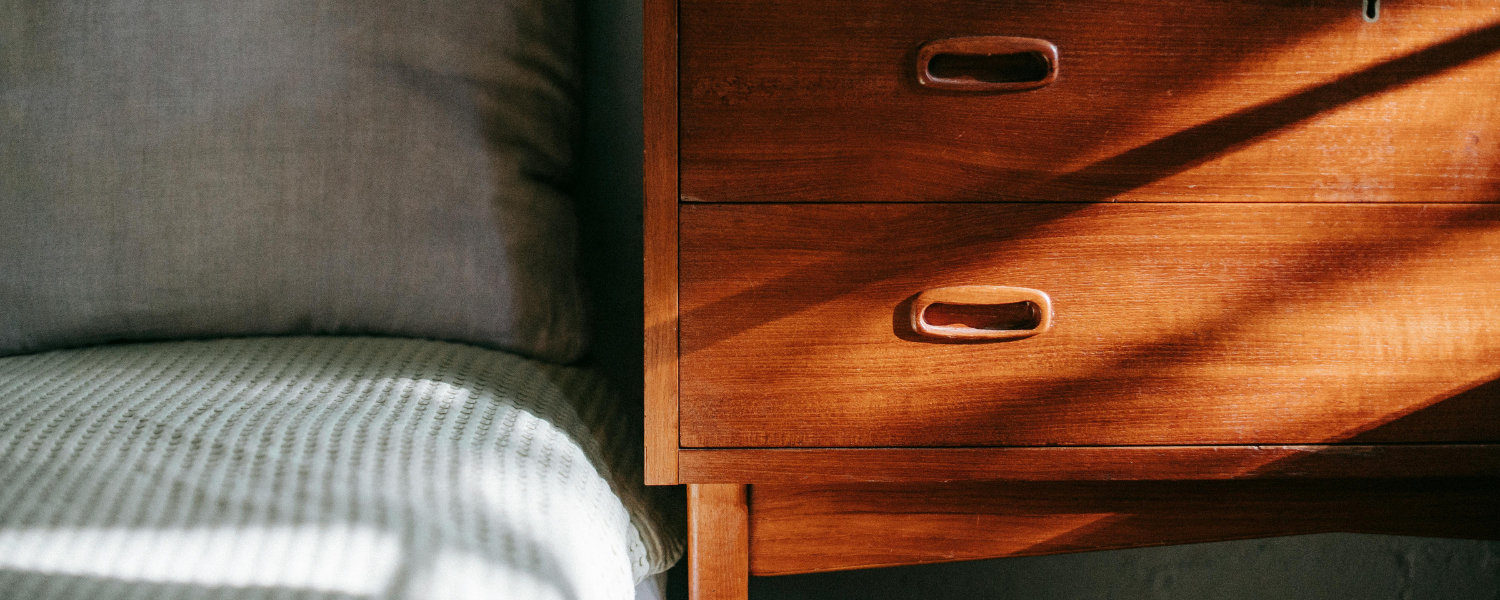
In conclusion
Lighting is very important in how a room looks and feels. Whether it's a warm light making a room feel comfy or a bright light helping you see better, each light plays a big role. Lighting isn't just about seeing – it's part of interior design and can provide amazing decorating opportunities.


























